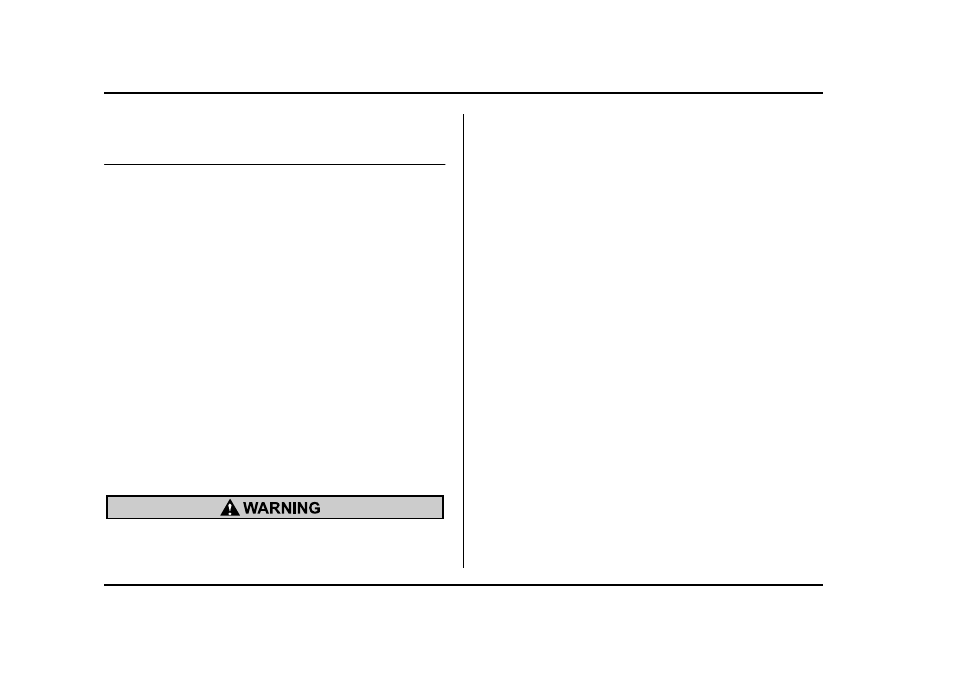Srs airbag (supplemental restraint system airbag) – Subaru 2004 Impreza User Manual
Page 79

1-52
Seat, seatbelt and SRS airbags
*SRS airbag (Supplemental Restraint
System airbag)
*SRS: This stands for supplemental restraint system.
This name is used because the airbag system supple-
ments the vehicle’s seatbelts.
!
Vehicle with driver’s and front passen-
ger’s SRS airbags and lap/shoulder re-
straints
Your vehicle is equipped with a supplemental restraint
system in addition to a lap/shoulder belt at each front
seating position.
The supplemental restraint system (SRS) consists of
two airbags (driver’s and front passenger’s frontal air-
bags) or four airbags (driver’s and front passenger’s
frontal airbags and driver’s and front passenger’s
side airbags).
These SRS airbags are designed only as a supple-
ment to the primary protection provided by the
seatbelt.
"
To obtain maximum protection in the event of
an accident, the driver and all passengers in the
vehicle should always wear seatbelts when the
vehicle is moving. The SRS airbag is designed
only as a supplement to the primary protection
provided by the seatbelt. It does not do away
with the need to fasten seatbelts. In combina-
tion with the seatbelts, it offers the best com-
bined protection in case of a serious accident.
Not wearing a seatbelt increases the chance of
severe injury or death in a crash even when the
car has the SRS airbag.
For instructions and precautions concerning
the seatbelt system, see the “Seatbelts” sec-
tions in this chapter.
"
Do not sit or lean unnecessarily close to the
SRS airbag. Because the SRS airbag deploys
with considerable speed – faster than the blink
of an eye – and force to protect in high speed
collisions, the force of an airbag can injure an
occupant whose body is too close to SRS air-
bag.
It is also important to wear your seatbelt to help
avoid injuries that can result when the SRS air-
bag contacts an occupant not in proper posi-
tion such as one thrown forward during pre-ac-
cident braking.
Even when properly positioned, there remains
a possibility that an occupant may suffer minor